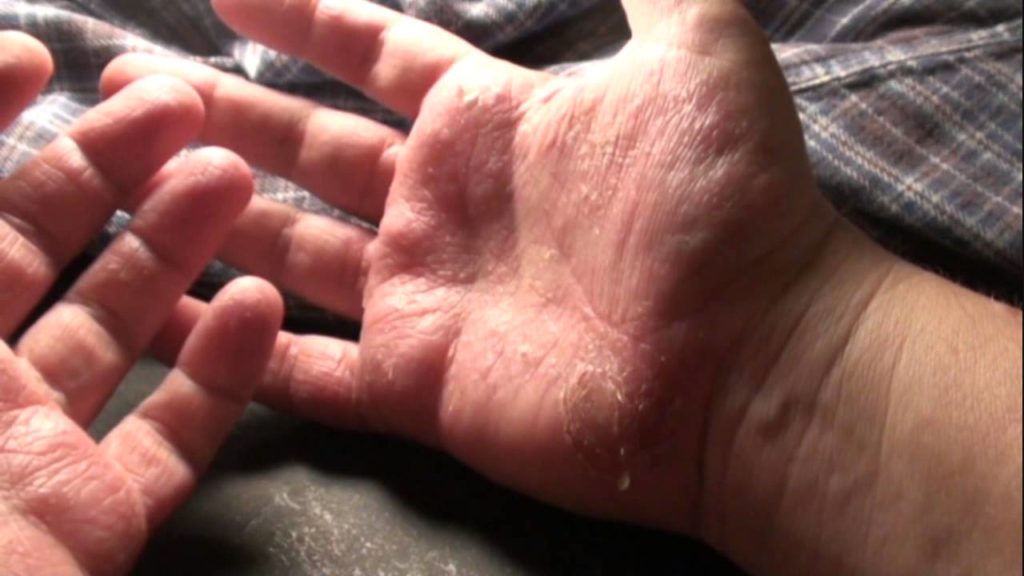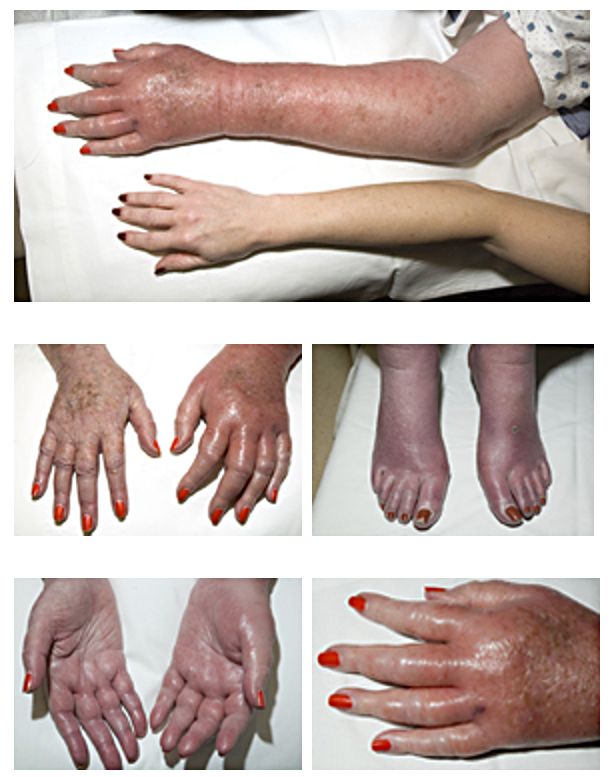Non-alcoholic fatty liver disease(NAFLD) is the term for a range of conditions caused by a build-up of fat in the liver. It’s usually seen in people who are overweight or obese.
A healthy liver should contain little or no fat. It’s estimated that up to one in every three people in the UK has early stages of NAFLD where there are small amounts of fat in their liver.
Early-stage NAFLD doesn’t usually cause any harm, but it can lead to serious liver damage, including cirrhosis, if it gets worse. Having high levels of fat in your liver is also associated with an increased risk of problems such as diabetes, heart attacks and strokes.
If detected and managed at an early stage, it’s possible to stop NAFLD getting worse and reduce the amount of fat in your liver.Stages of NAFLD
NAFLD develops in four main stages.
Most people will only ever develop the first stage, usually without realising it. In small number of cases it can progress and eventually lead to liver damage if not detected and managed.
The main stages of NAFLD are:
simple fatty liver (steatosis) – a largely harmless build-up of fat in the liver cells that may only be diagnosed during tests carried out for another reason
non-alcoholic steatohepatitis (NASH) – a more serious form of NAFLD, where the liver has become inflamed; this is estimated to affect up to 5% of the UK population
fibrosis – where persistent inflammation causes scar tissue around the liver and nearby blood vessels, but the liver is still able to function normally
cirrhosis – the most severe stage, occurring after years of inflammation, where the liver shrinks and becomes scarred and lumpy; this damage is permanent and can lead to liver failure (where your liver stops working properly) and liver cancer
It can take years for fibrosis or cirrhosis to develop. It’s important to make lifestyle changes to prevent the disease from getting worse.
Am I at risk of NAFLD?
You’re at an increased risk of NAFLD if you:
are obese or overweight – particularly if you have a lot of fat around your waist (an “apple-like” body shape)
have type 2 diabetes
have high blood pressure
have high cholesterol
are over the age of 50
smoke
However, NAFLD has been diagnosed in people without any of these risk factors, including young children.
Although it’s very similar to alcohol-related liver disease (ARLD), NAFLD isn’t caused by drinking too much alcohol.
Symptoms of NAFLD
There aren’t usually any symptoms of NAFLD in the early stages. You probably won’t know you have it unless it’s diagnosed during tests carried out for another reason.
Occasionally, people with NASH or fibrosis (more advanced stages of the disease) may experience:
a dull or aching pain in the top right of the tummy (over the lower right side of the ribs)
fatigue (extreme tiredness)
unexplained weight loss
weakness
If cirrhosis (the most advanced stage) develops, you can get more severe symptoms such as yellowing of the skin and the whites of the eyes (jaundice), itchy skin, and swelling in the legs, ankles, feet or tummy.
Read more about the symptoms of cirrhosis.
How NAFLD is diagnosed
NAFLD is often diagnosed after a blood test called a liver function test produces an abnormal result and other liver conditions, such as hepatitis, are ruled out. However, blood tests don’t always pick up NAFLD.
The condition may also be spotted during an ultrasound scan of your tummy. This is a type of scan where sound waves are used to create an image of the inside of your body.
If you’re diagnosed with NAFLD, further tests may be needed to determine which stage you have. This may involve a special blood test or having another type of ultrasound scan (Fibroscan). Some people may also need a small sample of liver tissue (biopsy) taken using a needle to have it analysed in a laboratory.
Treatment for NAFLD
Most people with NAFLD won’t develop any serious problems, but if you’re diagnosed with the condition it’s a good idea to take steps to stop it getting any worse.
There’s currently no specific medication for NAFLD, but making healthy lifestyle choices can help and treatment may be recommended for associated conditions (high blood pressure, diabetes and cholesterol) or complications.
You may be advised to have regular appointments with your doctor to check your liver function and look for signs of any new problems.
Healthy diet and lifestyle
Adopting a healthy lifestyle is the main way of managing NAFLD. The following can all help:
Lose weight – you should aim for a BMI of 18.5-24.9; use the BMI calculator to work out your BMI. Losing more than 10% of your weight can remove some fat from the liver and improve NASH if you have it.
Eat a healthy diet – try to have a balanced diet high in fruits, vegetables, protein and carbohydrates, but low in fat, sugar and salt. Eating smaller portions of food can help too.
Exercise regularly – aim to do at least 150 minutes of moderate-intensity activity, such as walking or cycling, a week. All types of exercise can help improve NAFLD, even if you don’t lose weight.
Stop smoking – if you smoke, stopping can help reduce your risk of problems such as heart attacks and strokes.
NAFLD isn’t caused by alcohol, but drinking may make the condition worse. It’s therefore advisable to cut down or stop drinking alcohol. Read some tips on cutting down on alcohol.
Medication
There isn’t currently any medication that can treat NAFLD, but various medicines can be useful in managing the problems associated with the condition.
For example, your doctor may recommend medication to treat high blood pressure, treat high cholesterol, treat type 2 diabetes and/or treat obesity.
Liver transplant
If you develop severe cirrhosis and your liver stops working properly, you may need to be put on the waiting list for a liver transplant.
For adults, the average waiting time for a liver transplant is 145 days for transplants from recently deceased donors.
Alternatively, it may be possible to have a transplant using a section of liver removed from a living donor. As the liver can regenerate itself, both the transplanted section and the remaining section of the donor’s liver are able to regrow to a normal size.
Read more about liver transplants.




